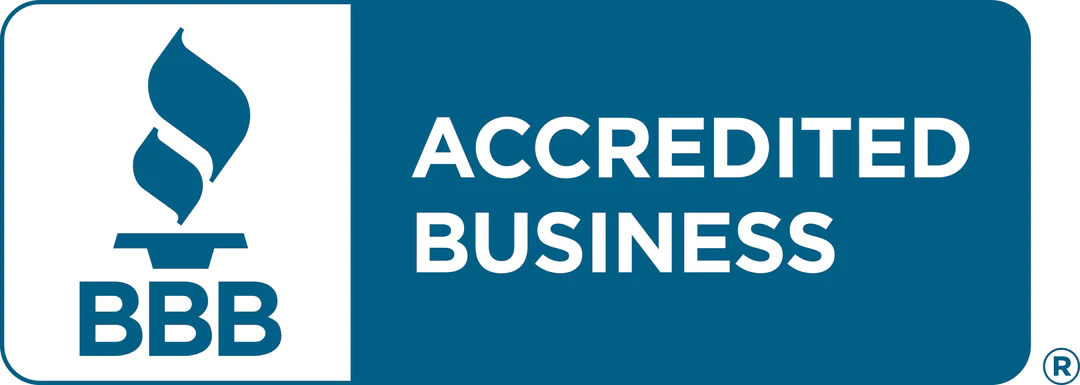College Admissions Tips and Guidance
Making Sense of New SAT & ACT Scores

Explore Our Articles
Recent Posts
Popular Categories
Get In Touch
On Social
By Phone or Text
(617) 734-3700
By Mail or Email
1678 Beacon Street
Brookline, MA 02445
By Form
Educational Advocates
Our objective is to guide the family in finding options where the student will not only get admitted, but thrive and find success once on campus.
Making Sense of New SAT & ACT Scores
The world of standardized testing has changed significantly over the past 20+ years. The SAT is no longer the “go to” test for college admission; the ACT has acquired a good chunk of the market share and scores on the new (revised) SAT are inflated and thus misleading. This makes it challenging for students to understand their scores and determine which test is a better fit. Let’s break down the SAT & ACT test scores.

Source: Summit Educational Group
The College Board has undergone two major adjustments to the SAT over the past 20 years. The first was in 2005 when they moved to a 2400 scale and the second is this year’s “new SAT” which reverted back to the 1600 scale. The most recent SAT change was in response to the fact that more high school students were taking the ACT than the SAT. The College Board revamped their SAT to be more curriculum-based (like the ACT) and less of a critical thinking or aptitude test. These two nonprofit companies are vying for business and one wonders if their focus on market share comes at the expense of the students whom they are supposed to serve.
Charlie O’Hearn of Summit Educational Group recently presented to high school and independent educational consultants on “The Precarious State of College Admissions Testing.” He emphasized that student cannot make a direct comparison of today’s new SAT scores with the old SAT or the one from 20 years ago. A 1250 on the new SAT is the equivalent of an 1180 on the old SAT, a 70 point difference. That is why rising seniors must be very careful when reviewing scattergrams on Naviance (a guidance portal with college admissions information used by many high schools) or any past admissions sources that include old SAT data. Students need to convert their new SAT score to an old one using concordance tables and then plot that number on the graph for a more accurate comparison to students in past years. Receiving a new SAT score is frustrating because the first response is “Wow, look at my score!” only to be followed by disappointment when students realize how it compares to old SAT scores and the uncertainty of how colleges will interpret the new scores.
We see a few trends in colleges’ responses to the changing world of standardized testing. First, more schools are identifying themselves as test optional.The number of test optional schools grew dramatically following the College Board’s announcement in 2013 that they would be revamping the SAT. Test Optional helps the student who performs well in school but not on standardized tests.

Source: Summit Educational Group
Another trend is that fewer schools are requiring or even recommending SAT Subject Tests. Given that the new SAT is more curriculum-based, many elite colleges have revamped their subject test requirements. There are only an estimated fifteen schools that still require subject tests at all and eight of those accept the ACT with writing in lieu of the SAT and SAT subject tests. Columbia University recently announced they no longer require or recommend SAT subject tests. They also no longer require the writing portion of either the SAT or the ACT. The University of Pennsylvania has dropped the standardized test writing requirement as well.
So what should students do? If you have already taken the ACT, old SAT and/or new SAT, be sure to work with your counselor or consultant to review concordance tables to see where your score falls, especially before evaluating your score on Naviance scattergrams. For those who are just entering the testing world (2018’s!), we recommend you take a full practice test of both the SAT and the ACT. Summit Educational Group offers such tests for free. Upon completion and receipt of your scores, determine which test you feel more comfortable with. All things being equal, Summit believes the ACT is more coachable because there are more practice tests available. Scores on the ACT are more predictable as well. Students who have trouble with speed or who are especially challenged by science may prefer the SAT. With some deeper analysis and good planning, students will be successful in navigating the complexity of standardized testing.








